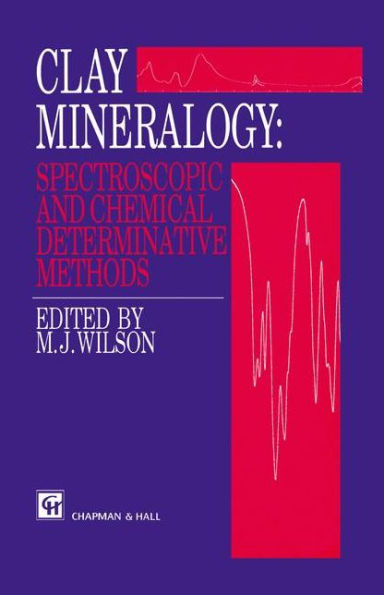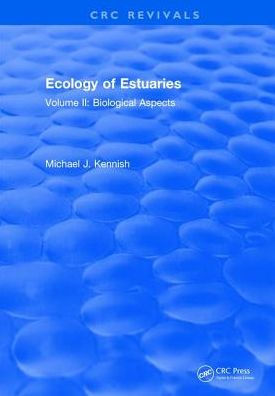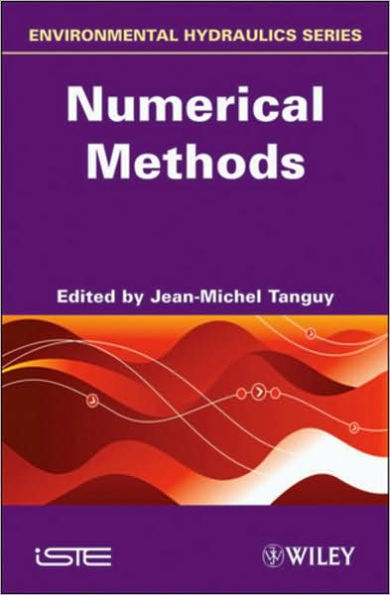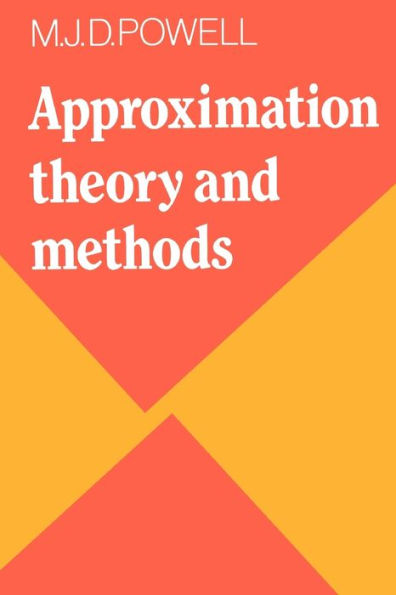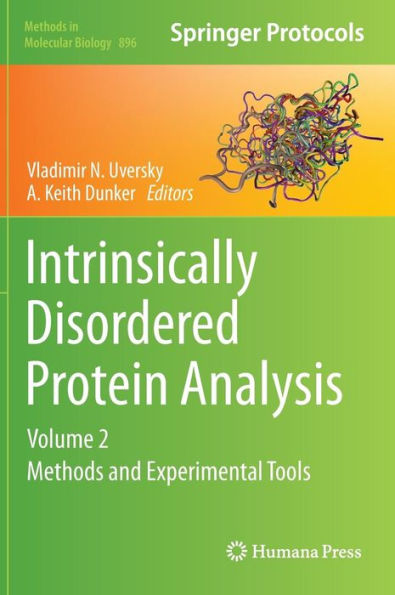Home
Methods in Chemical Ecology Volume 2: Bioassay Methods / Edition 1
Barnes and Noble
Loading Inventory...
Methods in Chemical Ecology Volume 2: Bioassay Methods / Edition 1 in Franklin, TN
Current price: $169.99
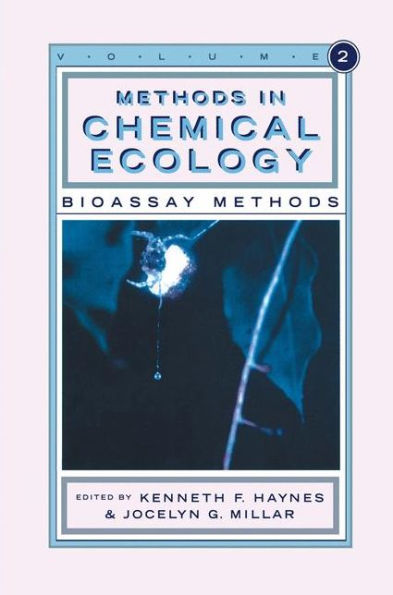
Barnes and Noble
Methods in Chemical Ecology Volume 2: Bioassay Methods / Edition 1 in Franklin, TN
Current price: $169.99
Loading Inventory...
Size: OS
Identification of chemicals that affect the naturally occurring interactions between organisms requires sophisticated chemical techniques, such as those docu mented in volume 1, in combination with effective bioassays. Without an effective bioassay, the identification becomes akin to looking for a needle in a haystack, but without any idea of what a needle looks like. To a large extent serniochemical identifications must be driven by bioassays. The design of bioassays for use in chemical ecology is governed by the sometimes conflicting objectives of ecological relevance and the need for simplic ity. Bioassay design should be based on observations of the interactions between organisms in their natural context, a theme that appears throughout this volume. As a result, this volume is as much about ecology and behavior as it is about specific methods. It is impossible to design a relevant bioassay, whether it is simple or complex, without understanding at least the fundamentals of how chemical cues or signals mediate the interaction in nature. Thus, the development of bioassay methods must be driven by an understanding of ecology and a knowledge of the natural history of the organisms under study. Given such an understanding, it is often possible to design assays that are both ecologically relevant and easy to perform.
Identification of chemicals that affect the naturally occurring interactions between organisms requires sophisticated chemical techniques, such as those docu mented in volume 1, in combination with effective bioassays. Without an effective bioassay, the identification becomes akin to looking for a needle in a haystack, but without any idea of what a needle looks like. To a large extent serniochemical identifications must be driven by bioassays. The design of bioassays for use in chemical ecology is governed by the sometimes conflicting objectives of ecological relevance and the need for simplic ity. Bioassay design should be based on observations of the interactions between organisms in their natural context, a theme that appears throughout this volume. As a result, this volume is as much about ecology and behavior as it is about specific methods. It is impossible to design a relevant bioassay, whether it is simple or complex, without understanding at least the fundamentals of how chemical cues or signals mediate the interaction in nature. Thus, the development of bioassay methods must be driven by an understanding of ecology and a knowledge of the natural history of the organisms under study. Given such an understanding, it is often possible to design assays that are both ecologically relevant and easy to perform.
